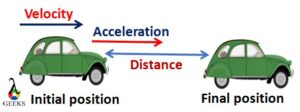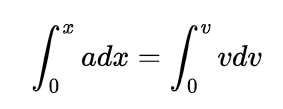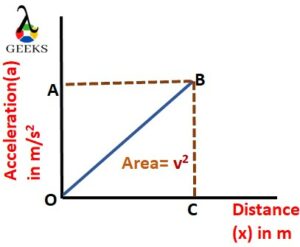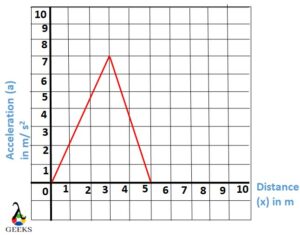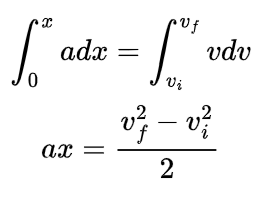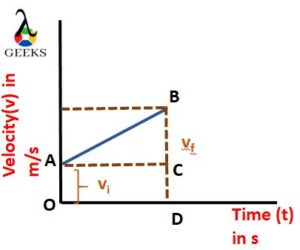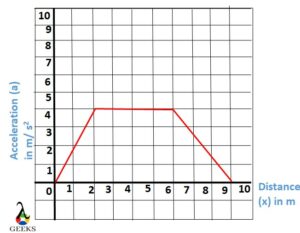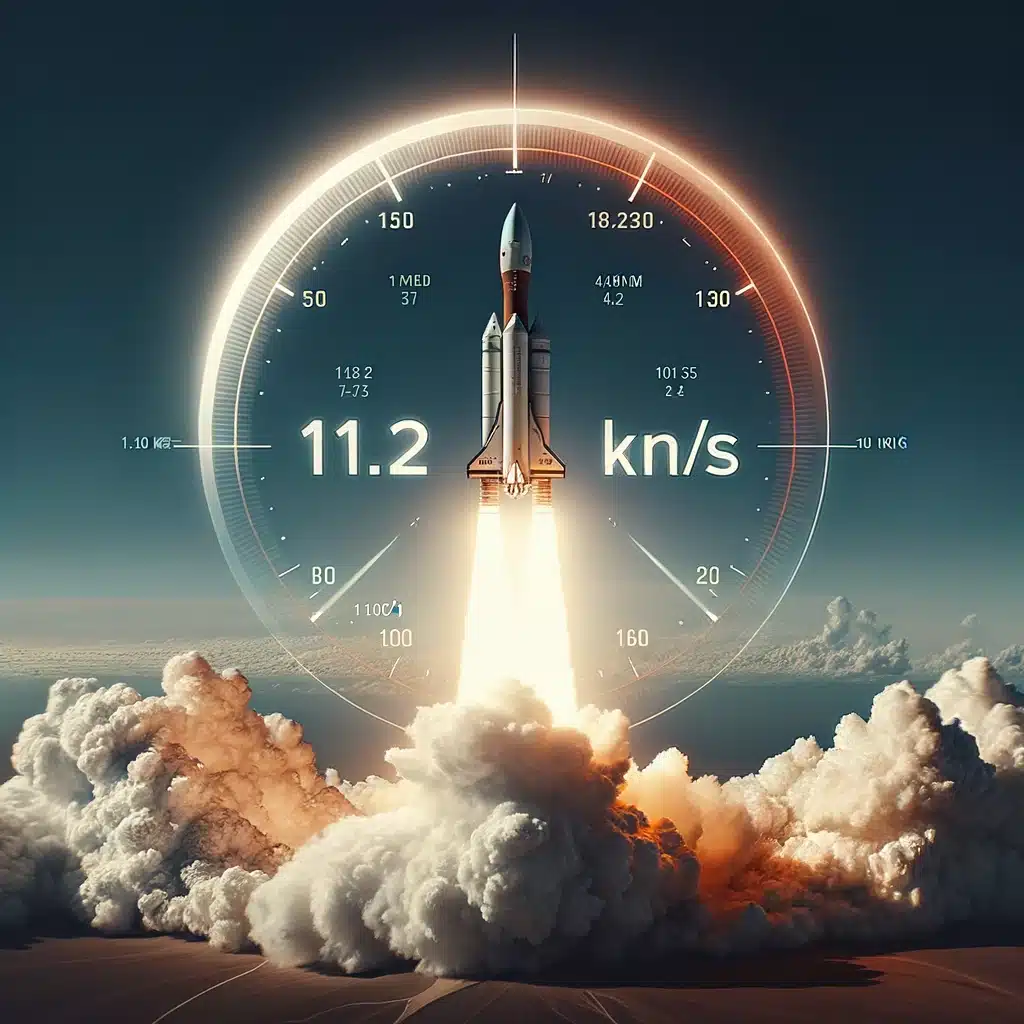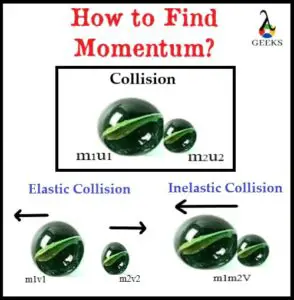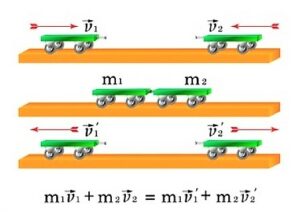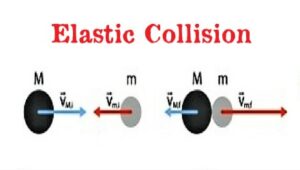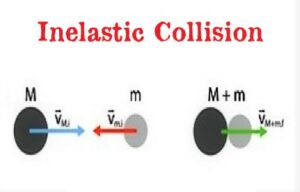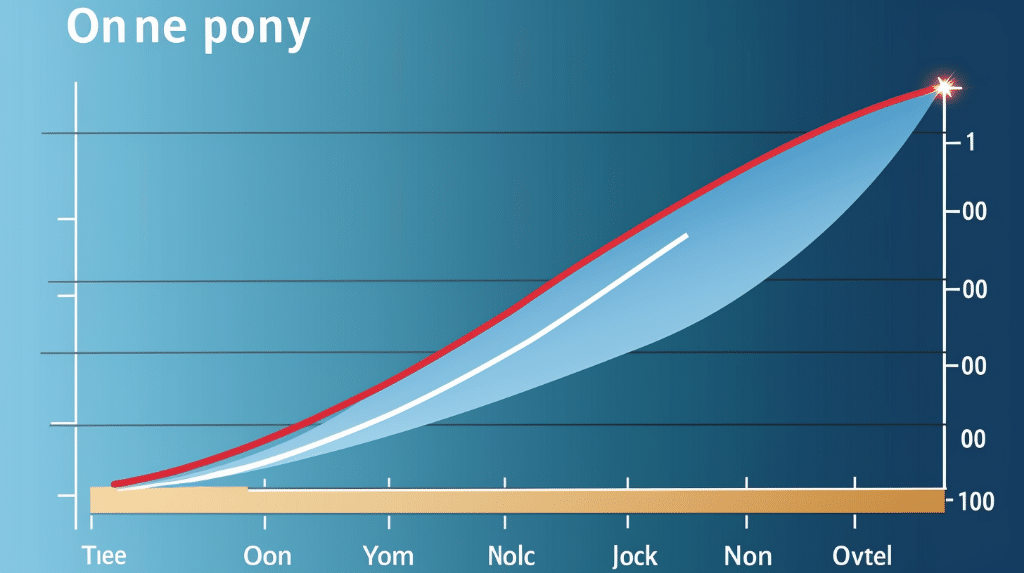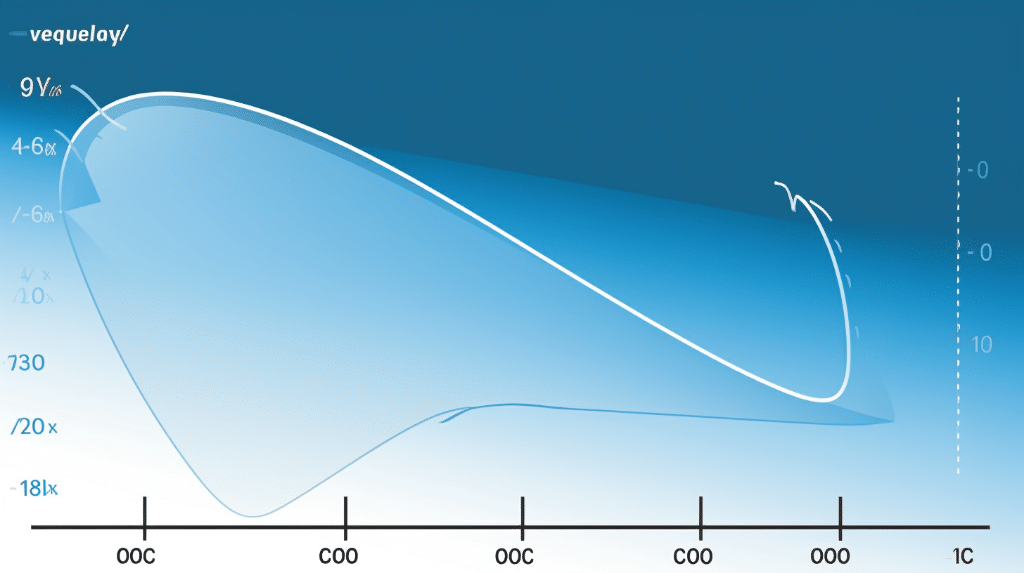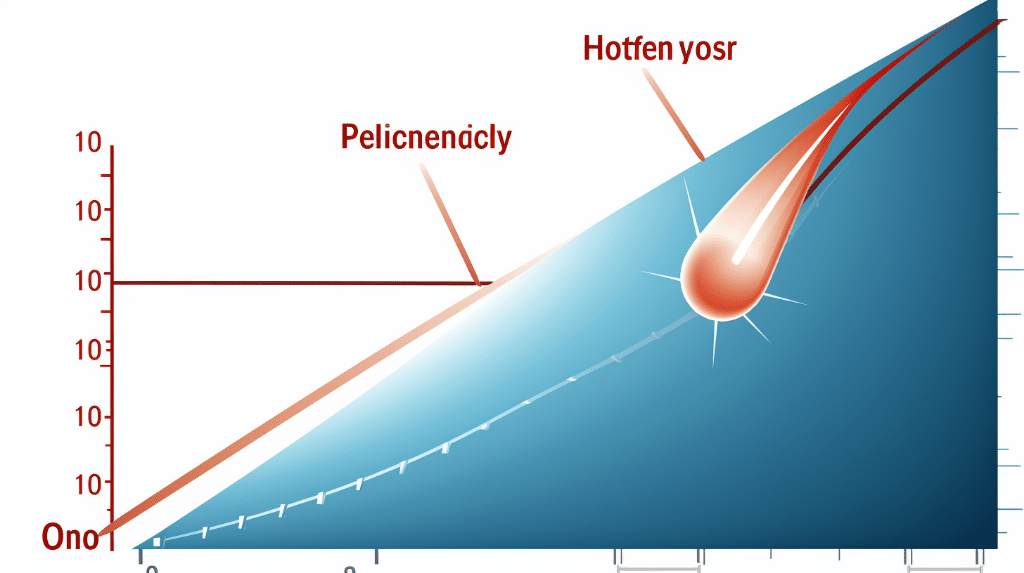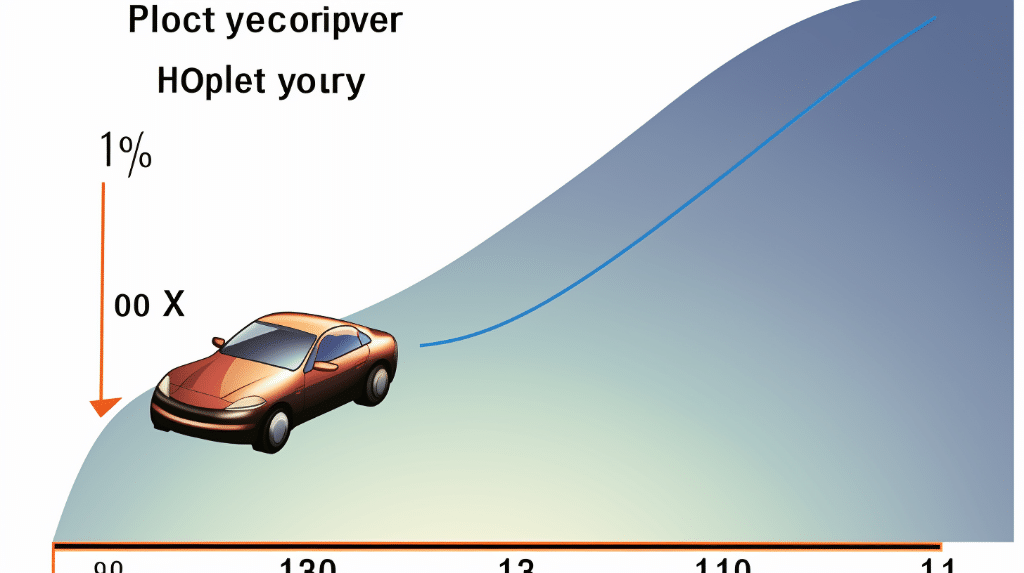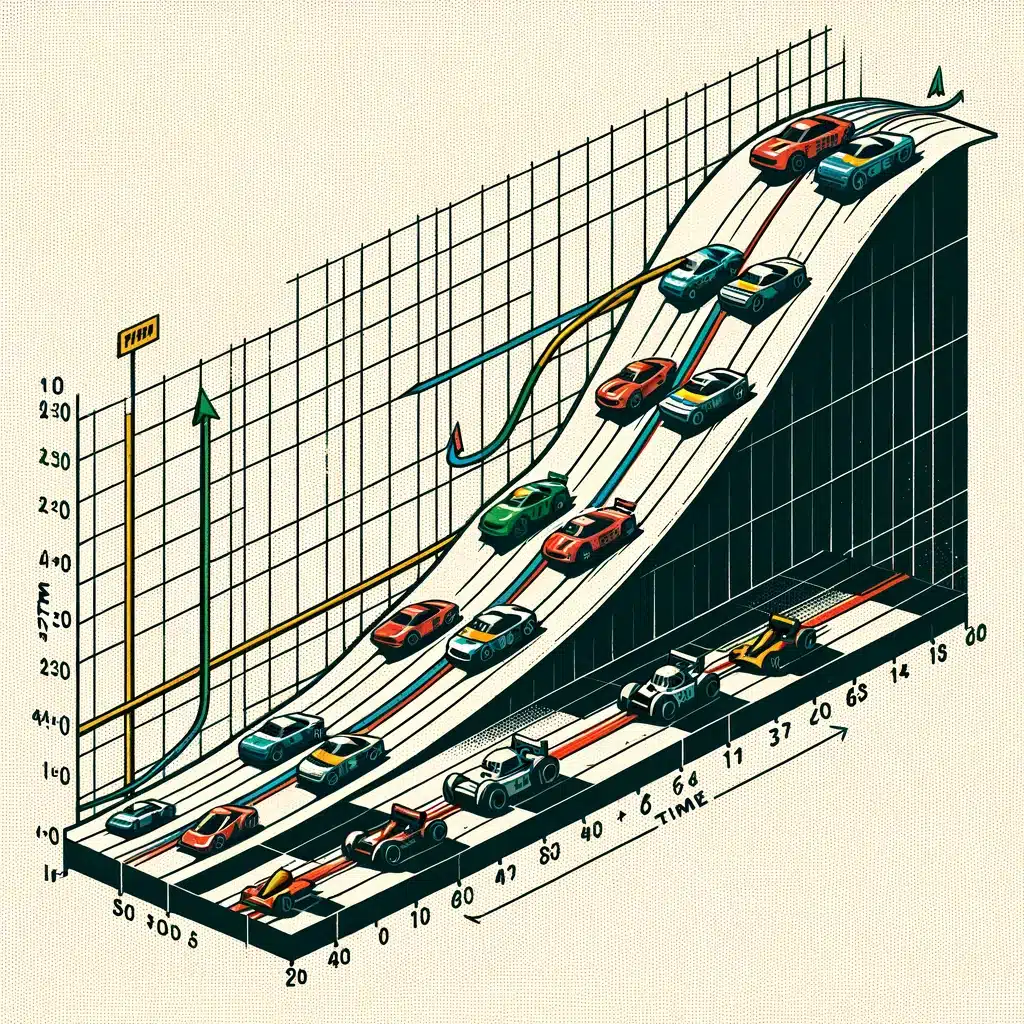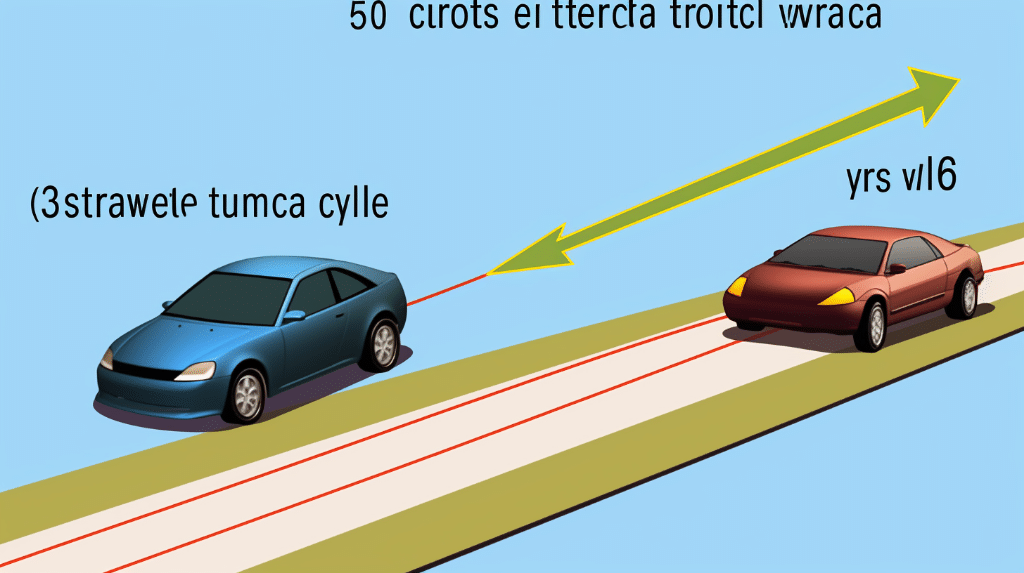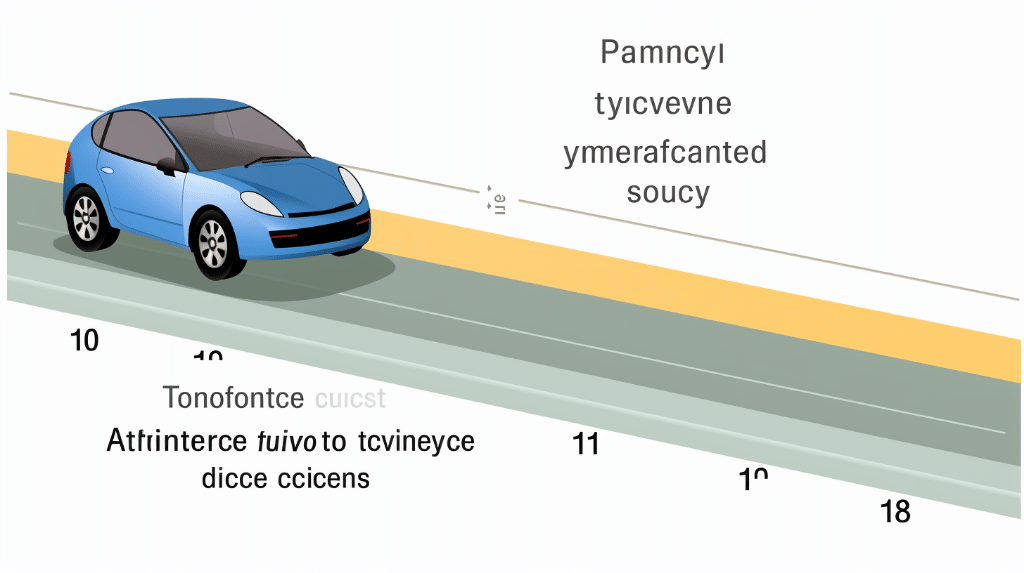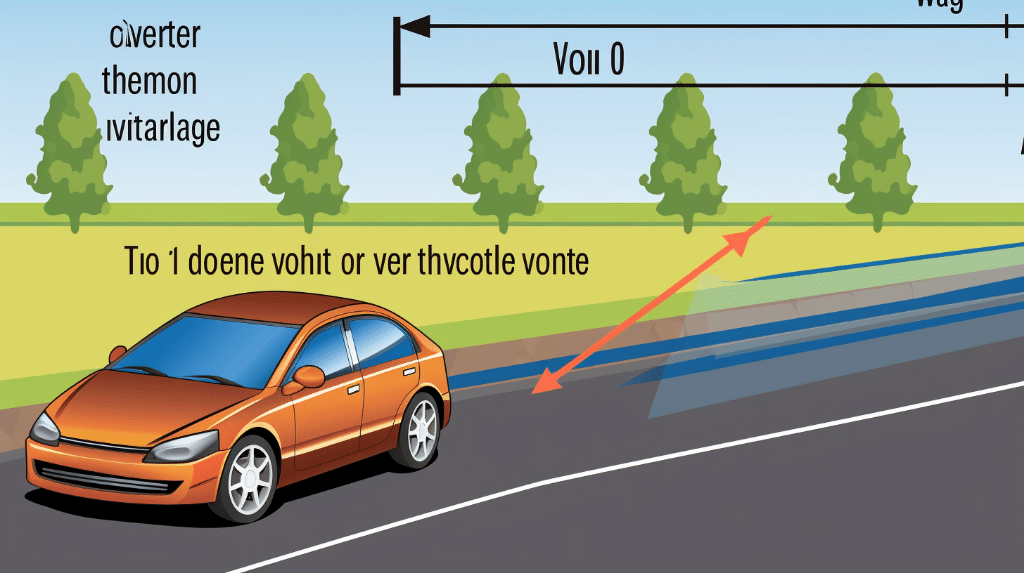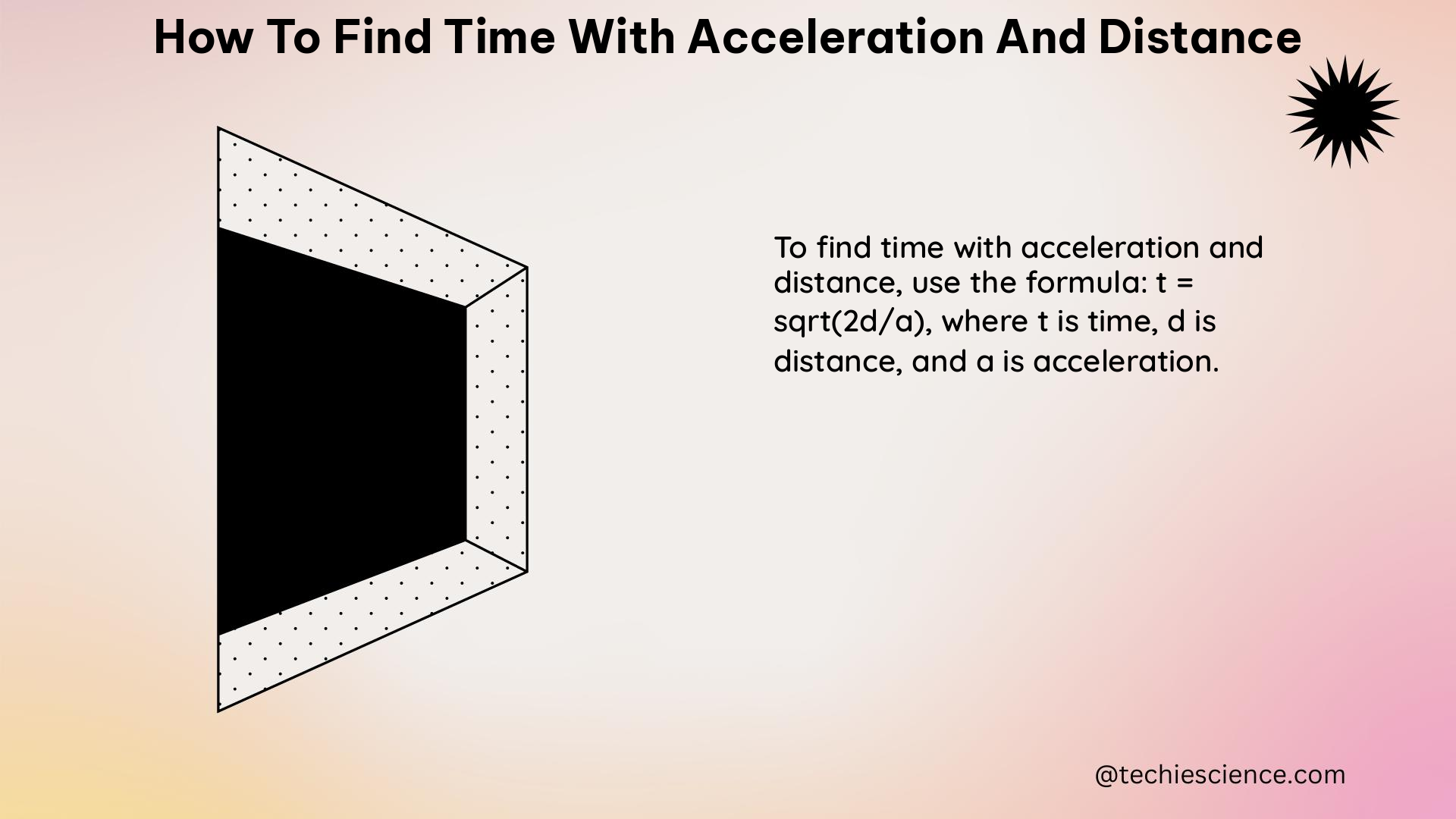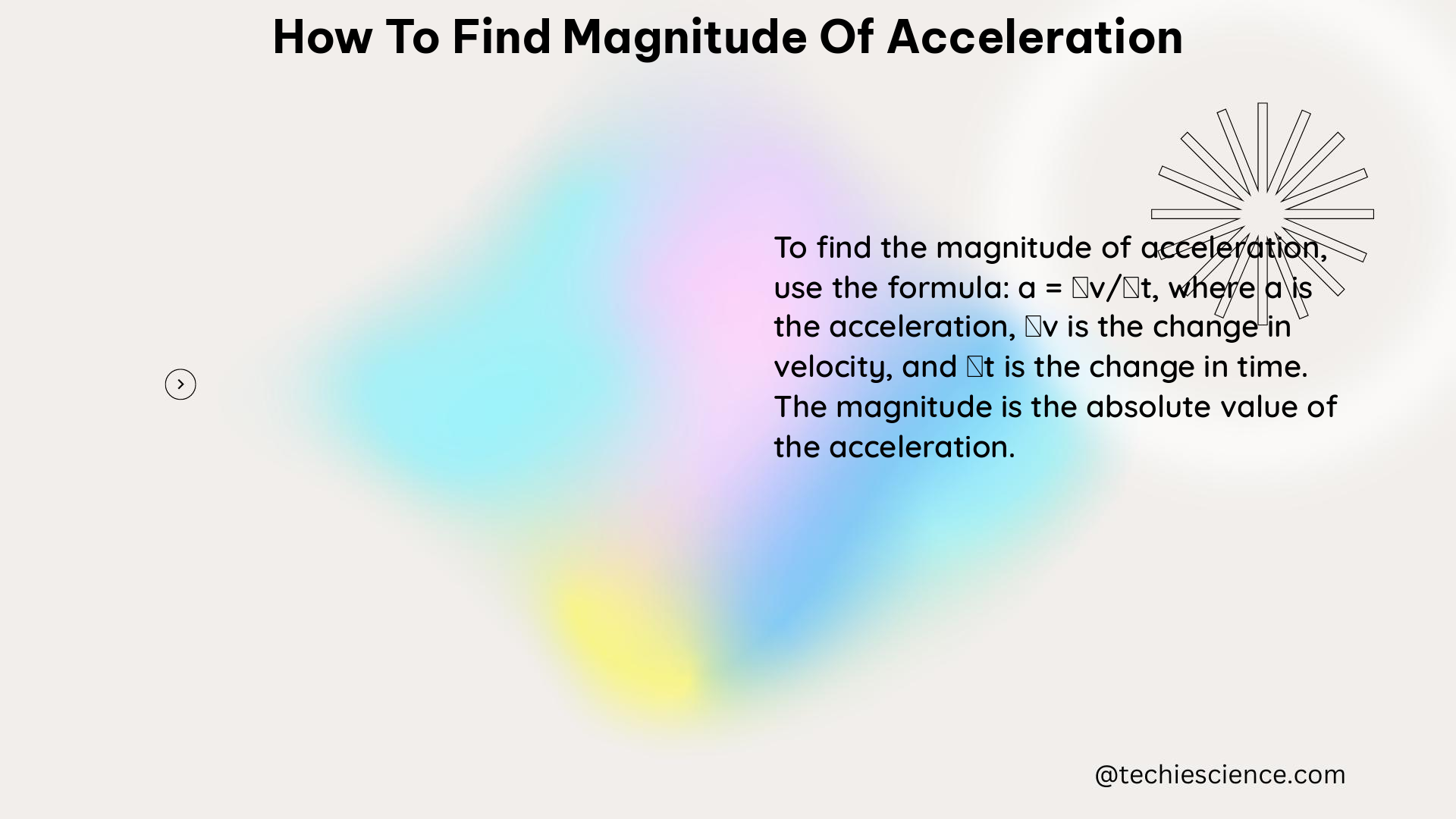When an object is dropped from a certain height, the force of gravity largely influences the object to attain more velocity. So it is clear that height is an entity that influences motion.
A freely falling object initially attains zero velocity, and as it begins to move downward, it gains velocity. Suppose we know the only height of the falling object, how to find velocity with height, and also along with the height, how the other entities influence over velocity are explained in this post.

How to find velocity with Height?
Consider a book kept on a table at the height of h from the ground. When the book falls from the table, then how fast the book falls on the ground is given by velocity. Since the book is at the height of h, how to find the velocity with height?
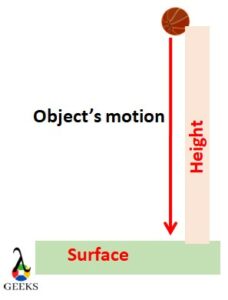
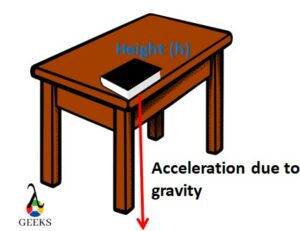
We know that velocity can be calculated from knowing the distance traveled by the body, and the time taken by it to reach that distance. Mathematically it can be written as,

In the example given above, we are provided with the height h. The height of the body is associated with potential energy. So the basic equation is not valid.
Considering the potential energy possessed by the book before it falls, expression can be written as,
PE = mgh.
But the book is under motion; hence the potential energy is now turned into kinetic energy as

Thus, the potential energy and kinetic energy are equal by the conservation of energy. Hence the equation can be written as

By rearranging the equation, we get velocity as
v2 = 2gh

In the above equation, g is the acceleration due to gravity. Any object falling from a certain height is influenced by gravity and is constantly accelerating more due to gravity.
How to find velocity with acceleration and height?
We know how to find velocity with acceleration and distance from the previous article. But we have given with acceleration and height then how to find velocity with acceleration and height instead of distance?
Acceleration and velocity are the proportional entities as the time derivative of velocity is acceleration. If we have acceleration means, on integrating the acceleration, we can have velocity. But in this case, we have acceleration and height. Let us discuss how to find velocity with height if acceleration is given.
Consider a ball is at a certain height above the ground. The ball is dropped from the height ‘h,’ and it begins to accelerate at ‘a’ is in the direction of acceleration due to gravity; this means that the ball is falling from the height h in the direction of gravitational pull.
Since both acceleration and acceleration due to gravity are in the same direction, the total acceleration of the body is equal to the sum of both accelerations of the body and acceleration due to gravity A = g+a. Now the ball’s velocity can be calculated using the equation of motion.
We know from the kinematic equation of motion, distance traveled by the body can be written in terms of the mathematical equation as,

But, we have the height of the ball and the acceleration. The distance can be written in terms of height as,
The ball’s initial position when it begins to move and the final position of the ball gives the distance.
Therefore x = h – 0, i.e., x=h, we can say vertical distance as height. Now substituting the x = h, we have the equation as

Rearranging the above equation, we have


The equation obtained above gives the velocity of the ball given acceleration and height.
Let us set another example if a projectile moving towards the ground from the height h, and its acceleration is more than the acceleration due to gravity because the projectile is overcome from the air friction, then the equation of the velocity will be calculated as,
In the kinematics equations, the velocity is given by
v2 = 2Ax
Where x is the distance. But here x = h, then
v2 = 2Ah

Consider another case; if you throw a ball in the air, after reaching the height h, the ball begins to accelerate downward due to gravity; the motion is called projectile motion; in this situation, how to find velocity with acceleration and height? The ball’s motion in the air is given in the below figure.
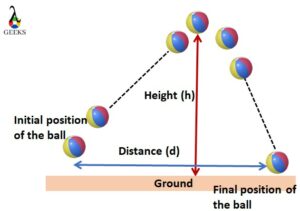
From the above figure, the object’s height is h, and distance is not the height, but we have height in terms of distance by using the equation of projectile motion. The relation between distance and height can be written as,

Substituting the value of distance in the equation of motion, we get


Rearranging the equation, we get velocity as


How to find initial velocity with acceleration and height?
The initial velocity can be derived from the acceleration and height, considering the equation of motion.
A body is accelerating means there must be a change in the velocity of the body with a given instance, which also tells that initially, the body has some velocity that keeps on changing with time. So to find the initial velocity, we need to know the final velocity of the body.
When we throw a ball in the air, it reaches a certain height h with a certain velocity and attains acceleration a. Initially; the ball moves with velocity vi. Finally, the velocity will be vf. The equation of initial velocity will be written using the equation of motion of the ball can be calculated as follow.
The velocity can be

The final velocity of the ball is given as vf, hence from the average velocity.

But at the height h, the ball acquires zero final velocity as it falls back to the ground due to gravity.


But we don’t know the time taken by the ball to reach the height h., so we can use the acceleration. Initially, the ball is accelerating against gravity; its acceleration will become negative.

We know the final velocity is zero, then

Therefore we get the time factor as

Substituting in the equation of average initial velocity, we get

Rearranging the equation, we get


We can calculate the initial velocity when the final velocity is not zero. Consider the equation,


To above equation the substituting the value of t as
t=(vf+vi)/a
We get the equation as
(vf+vi) (vf-vi) = 2ah
The above equation can be written as
vf2-vi2 = 2ah
Rearranging the terms to get initial velocity as
vi2 = vf2– 2ah

How to calculate velocity with height and time?
In vertical motion, the distance traveled by the body is equal to the height where the body begins to move.
The velocity can be calculated using height and time. The distance moved by the body with time always describes the body’s velocity. The physical entities such as acceleration and height also contribute to the finding the velocity.
We can calculate the velocity with height and time in three ways
By vertical motion of the body
If the basketball is falling from the basket at height h, and is accelerating in the direction of gravity, then the velocity can be given as

But the acceleration is given by

Substituting the value of a and replacing distance term as height h, we get

On rearranging the terms, the velocity with height and time is

By Projectile motion
Consider another example; a basketball player shoots the ball to the basket standing at a distance d away from the basket. The ball makes the projectile motion to reach the basket; then we can calculate the velocity as follows:
The general expression of velocity is given by

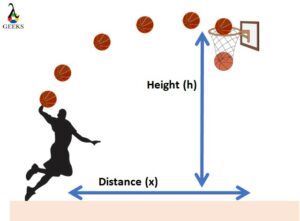
The ball travels a distance of d along with the height h; if we neglect the friction, distance can be written as

Substituting the value of x in the general equation of velocity, we get

By height vs. time graph
If we plot a graph with height in the y axis and time in the x-axis, the plot is called a height-time graph.
We can calculate the velocity from the height-time graph. The slope of the height-time graph gives the velocity of the body.
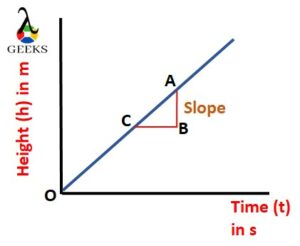
From the above graph, the slope is given by

From the graph, AB is parallel to height h, and BC is parallel to time t; hence we can say that

AB = h and BC = t;

From the definition of velocity, we can say the slope is nothing but velocity. Thus the slope is equal to velocity.
How to find velocity with height and mass?
Though mass does not affect the velocity, it contributes the energy and force required to the body to attain a certain velocity.
The height and the mass are the entities associated with the object’s potential energy. Mass also contributes to the kinetic energy acquired by the object while moving. By knowing mass, let us understand how to find velocity with height.
The object at a certain height possesses potential, which makes the body move, and it is equal to the kinetic energy of the body while moving.
Since both potential energy and kinetic energy are equal, we can equate them.
Ep= Ek
The kinetic energy of the body is

Rearranging the equation, we get

In the beginning, we have told that potential energy = kinetic energy,
Therefore the equation can be rewritten as

Generally, the potential energy is Ep= mgh.
The answer we got from potential energy can be substituted in the above equation to get the velocity of the body.
How to find velocity with height and gravity?
When you throw a stone in the air, it will fall back to the ground due to gravity. It is a general process. But have you observed that the speed of the ball? The speed of the stone while moving down is a little less than the speed of the same stone while it is falling back.
The above statement clarifies that velocity can vary due to gravity also. Gravity comes into action when a body is placed at a certain height; as gravity is an attractive force, it tries to bring the body at height towards the ground—so based on this data, how to find velocity with height and distance?
The earlier section discusses one way of finding the velocity with height and gravity. Let us discuss how to find velocity with height and distance by considering the kinematic equation of motion.
The height is always equal to the distance from the kinematic equation of distance. Hence we can consider the distance as height. So the equation will be

If the motion of the stone is in the direction of gravity, then the acceleration is only due to gravity; hence the equation can be rewritten as

Rearranging the terms, the equation will be


The above equation gives the velocity with height and gravity with the time factor. If the body is accelerating against gravity, then
g = -g
How to find velocity with height and angle?
When a body begins to fall from a certain height towards the surface, it makes some angle θ with the point of dropping. The angle made by the object helps us to find the answer for how to find velocity with height.
The displacement of the body in the vertical position is the height. The vertical component of velocity can be written as
v = v sinθ
If the body is making some horizontal displacement, then velocity is
v = v cosθ
From the equation of motion, the vertical and horizontal velocities can be written as
vx = v cosθ
vy = v sinθ-gt; where g is acceleration due to gravity
At maximum height, vy= 0 = v sinθ –gt
v sinθ = gt

When a body is dropped at an angle θ and travels with velocity v, its range is given by

Therefore, using the value of R,


Therefore, the velocity can be rewritten as

Solved problems on how to calculate velocity with height
Problem 1) A ball is dropped from the height of 15m, and it reaches the ground with a certain velocity. Calculate the velocity of the ball.
Solution:
We are provided with only height h = 15m.
Since the ball moves towards the ground, the motion is due to acceleration due to gravity g. The value of acceleration due to gravity is g = 9.8 m/s2. The velocity of the ball is

Substituting the values of h and g;


v = 17.14 m/s.
Problem 2) Calculate the initial velocity of the stone, which is falling from the height of 3m, and its acceleration is 2 m/s2, and hence find the time taken by the stone to reach the ground.
Solution:
Given data: Height h = 3m
Acceleration of the stone a = 2 m/s2.
The velocity of the stone is given by



v = 3.46 m/s.
The time taken by the stone to reach the ground is given by the equation,


t = 1.79 s.
Problem 3) An object of mass 3 kg is dropped from the height of 7 m, accelerating due to gravity. Calculate the velocity of the object.
Solution:
The data are given –the mass of the object m = 3kg.
Height at which the object has dropped h = 7 m.
Acceleration due to gravity g = 9.8 m/s2.
Since the object’s motion is due to mass, height, and gravity, so the work done is equal to potential energy. it is given by
Ep = mgh
The object is moving, so the object possesses kinetic energy; it is represented by the formula,


From the conservation of energy, when an object begins to move, its potential energy is now termed kinetic energy.
Therefore Ep = Ek
The potential energy is Ep = 3×9.8×7
Ep = 205.8 J
Substituting Ep = Ek = 205.8 J.


v2 = 137.2
v = 11.71 m/s.
Problem 4) An athlete shoots a shot put in the air in the vertical direction, and it takes a time of 3 seconds to fall on the ground vertically from the height of 7 m from the ground. Calculate the velocity while the shot put is returning to earth.
Solution:
Given data – the height from the ground h = 7 m.
Time is taken to reach the ground = 3 seconds.
The velocity is given by


v = 2.33 m/s.
Problem 5) A body of mass 4 kg is dropped at the height of 11 meters above the ground by making an angle of 20°. Calculate the velocity of the body. (Take acceleration due to gravity as 10 m/s2)
Solution:
The data are given –the mass of the body m = 4 kg.
Height h = 11 m.
Angle θ = 20°.
Acceleration due to gravity g = 10 m/s2.
The velocity is given by




v = 43.45 m/s.
What is the formula to calculate velocity with height?
A: The formula to calculate velocity with height is v = √(2gh), where v is the velocity, g is the acceleration due to gravity, and h is the height.
How does calculus relate to finding velocity with height?
Derivatives: From Velocity to Acceleration
Velocity is a measure of how fast an object’s position changes over time. In calculus, we use the derivative to determine this rate of change. The derivative of an object’s position with respect to time gives us its velocity.
![]()
where:
 is the velocity as a function of time.
is the velocity as a function of time. is the position as a function of time.
is the position as a function of time. denotes the derivative with respect to time.
denotes the derivative with respect to time.
Acceleration: The Derivative of Velocity
Gravity affects the motion of objects by accelerating them at a constant rate towards the Earth. This acceleration (denoted as ![]() , approximately
, approximately ![]() downward) is the rate of change of velocity. Using calculus, we express this as the derivative of velocity with respect to time.
downward) is the rate of change of velocity. Using calculus, we express this as the derivative of velocity with respect to time.
![]()
For an object under only the influence of gravity, the acceleration is constant, so:
![]()
Integrals: From Acceleration to Velocity
If we know the acceleration, we can find the velocity by integrating the acceleration function. Since the acceleration due to gravity is constant, the integral of acceleration is a linear function of time:
![]()
where ![]() is the integration constant, which can be determined if we know the initial velocity of the object.
is the integration constant, which can be determined if we know the initial velocity of the object.
Velocity and Height: The Integral Relationship
To relate velocity to height, we integrate the velocity function with respect to time, which gives us the position (height in this case) as a function of time.
![]()
Substituting the expression for velocity we found by integrating the acceleration, we get:
![]()
Here, ![]() is another constant of integration, representing the initial height. By solving for these constants using initial conditions, we can fully determine the position function
is another constant of integration, representing the initial height. By solving for these constants using initial conditions, we can fully determine the position function
What is free fall?
A: Free fall is the motion of an object under the influence of gravity alone. In free fall, the only force acting on the object is the force of gravity.
How can I calculate the height from which an object is dropped?
The formula to calculate the height ℎh from which an object is dropped without initial velocity is derived from the kinematic equation:
![]()
where:
- ℎh is the height in meters (m),
- g is the acceleration due to gravity (approximately 9.81 /29.81m/s2 on the surface of the Earth),
- t is the time in seconds (s) it takes for the object to hit the ground.
If you have the time it took for the object to fall, you can simply plug the values into this equation to find the height. If you’re measuring the time it takes for an object to hit the ground, you can ignore air resistance for small heights and low speeds.
When calculating the height from which an object is dropped, we assume that it’s in free fall, which means the only force acting on it is gravity. The height can be calculated using the following kinematic equation:
![]()
In this formula:
- ℎh represents the height from which the object is dropped (in meters, m).
- g is the acceleration due to gravity, which is approximately
 near the Earth’s surface.
near the Earth’s surface. - t is the time in seconds (s) that it takes for the object to fall to the ground.
To find the height, simply measure the time from the moment the object is dropped until it hits the ground. Then, use that time in the formula above.
For example, if an object takes 3 seconds to hit the ground, the height from which it was dropped is calculated as follows:
![]()
![]()
![]()
![]()
![]()
So, the object was dropped from a height of approximately 397.305 meters.
How does height affect velocity?
A: The higher the object is, the greater its gravitational potential energy. As the object falls, this potential energy is converted into kinetic energy, leading to an increase in velocity.
What is the final velocity of an object that hits the ground?
A: The final velocity of an object that hits the ground is its velocity at impact. This velocity can be calculated using the formula v = √(2gh), where v is the final velocity, g is the acceleration due to gravity, and h is the height from which the object was dropped.
What role does gravity play in velocity with height?
A: Gravity is the force that pulls objects toward the center of the Earth. In the context of velocity with height, gravity is responsible for the acceleration of the object as it falls and increases its velocity.
How can I calculate the velocity of an object thrown vertically?
A: To calculate the velocity of an object thrown vertically, you can use the equation v = u + gt, where v is the final velocity, u is the initial speed, g is the acceleration due to gravity, and t is the time it takes for the object to reach its peak height.
Also Read:
- How to find velocity with acceleration and time
- How to find angular acceleration from angular velocity
- How to find molar mass from volume
- How to find velocity with constant acceleration
- How to find instantaneous velocity from average velocity
- How to find slope of position time graph
- How to find centripetal acceleration
- How to find horizontal velocity without time
- How to find mass without acceleration
- How to find angular acceleration of a wheel


